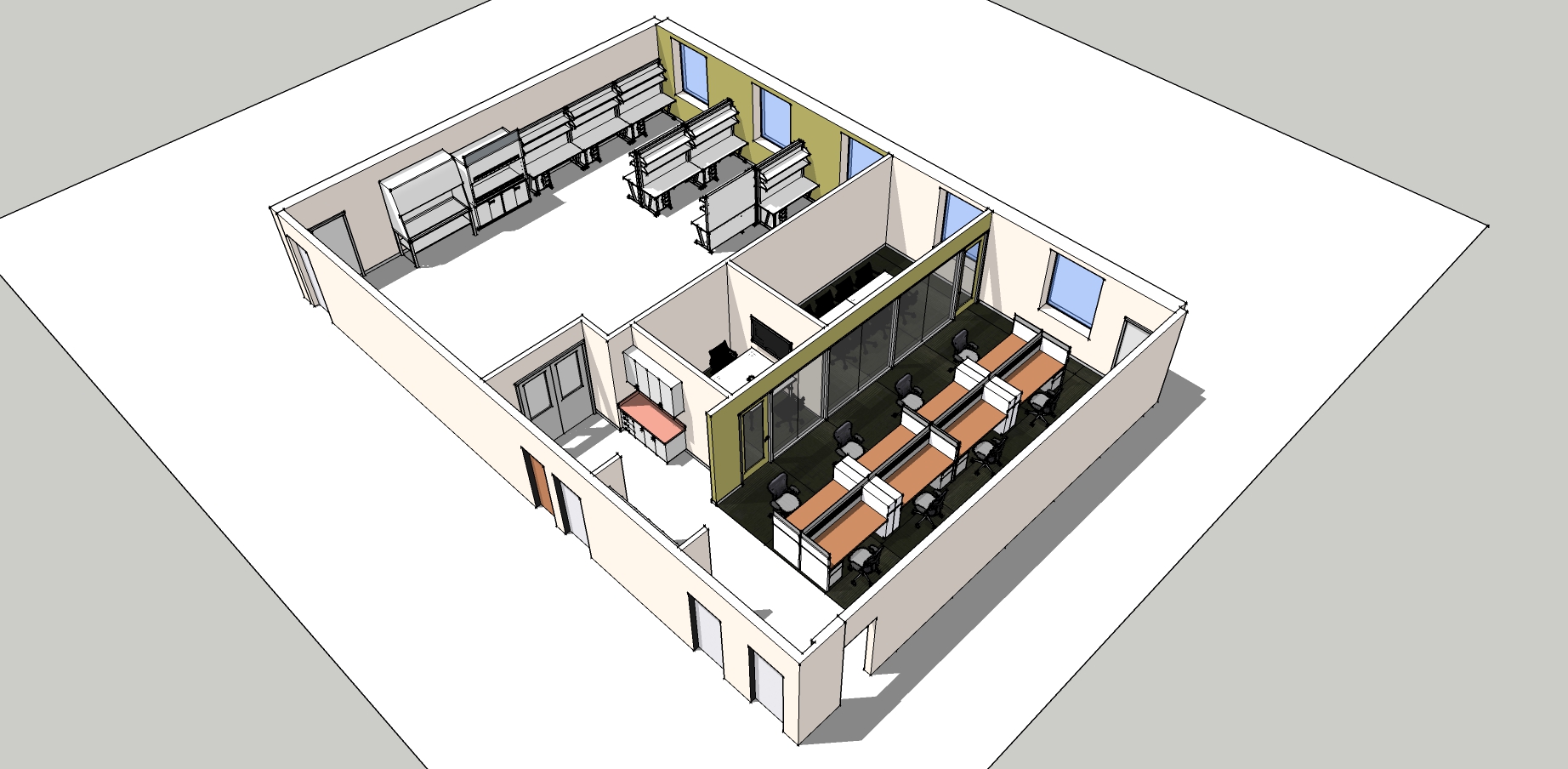
Biotech Startup Lab to Serve as Incubator
By Joanne Lui, Associate Editor
Bayer Crop Sciences Biologics Group in West Sacramento is Bayer’s global headquarters for microbial base crop protection products. The company recently announced that a new biotech startup lab space known as the Crop Science CoLaborator is available in 3,000 square feet within the West Sacramento facility. Jon Margolis, head of research technologies for Bayer Biologics, recently spoke to California Ag Today about the project
“This is a part of the original building as we built it out,” Margolis said. “We set aside about 3,000 square feet in the back to be dedicated to this incubator space, and now we’ve just finished the construction.”
The lab space is scheduled to become available in December.
“It’s part of kind of a larger strategy for Bayer,” Margolis said. “So we have actually now three of these so-called CoLaborator spaces. So there’s one in Mission Bay associated with UCSS in San Francisco. There’s another one in Berlin, and then this is the latest. But this is the first one for Bayer that’s dedicated to agriculture and food research.”
We asked Margolis what the meaning is behind the CoLaborator.
“It’s really based around the idea that for start-up companies, there’s a clear benefit of being associated and nearby to Bayer, not so much for the facilities as much as the opportunities to be able to talk to and interact with us,” Margolis explained. “From our side, it’s a great thing because it gives us kind of a reason or an opportunity to be talking to start-ups in this space who might be interested in renting this.”
Bayer is already starting to solicit for tenants for the space.
“It’ll be a combination of office and then fully modern, what we call, wet lab or biochemistry and cell biology kind of labs, which would be able to host up to three different companies,” Margolis said. “So typically, these early stage start-up companies are comprised one to three people, and what they’re really trying to do is get the initial proof of concept to really show that their idea, their technology works, to then be able to go out to investors and get the next round of funding. So this is kind of in that sweet spot because there’s not a lot of that space in the local area.”









